
I’ve mentioned before that we have a huge fig tree in our back yard, along with a plum tree, apple tree, and grape vines. But I don’t think I’ve ever talked about another source of food out there. The previous owner planted lots of rosebushes, so every fall we have a big crop of rose hips.
If you’re not already in the know, rose hips are the hard, orangey-red “berries” left on the rosebush after the petals fall off.
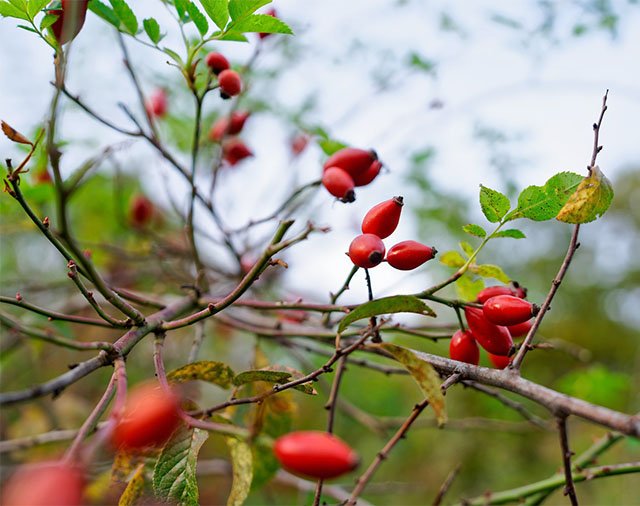
Unfortunately, rose hips don’t make good eating off the bush. They’re not particularly sweet, and the seeds inside are covered in tiny little hairs that will irritate your skin and digestive system if you touch or eat them. But while I wouldn’t recommend eating them raw, rose hips do make marvelous tea, jelly, and syrup.
Rose hips are also an amazing source of vitamin C, estimated to have 8-25 times as much vitamin C as oranges. My father was a young child in England during World War II and remembers his mother making rose hip syrup on their old gas stove as a vitamin C supplement when citrus fruits were in short supply.
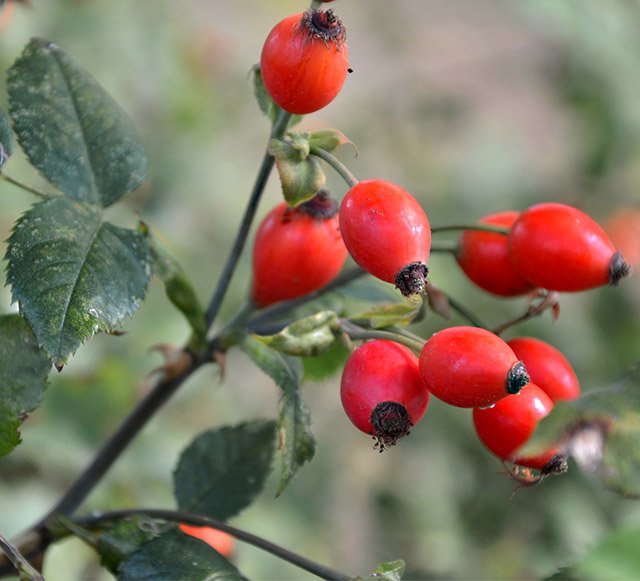
Rose hips should be harvested right after the first frost for best flavour and sweetness. Pick ones that are firm without any green. Don’t wait too long though, because they’ll get soft and start to rot soon after. Be sure to only use hips from rose bushes you know haven’t been sprayed with pesticides or herbicides.
You can dry rose hips whole for tea, or if you plan to use them for cooking as well, remove the seeds and hairs first. To remove the seeds, cut off the flower end, slice each rose hip in half, carefully scoop out the seeds (wear gloves), and rinse them carefully to make sure all the seeds and hairs are gone.
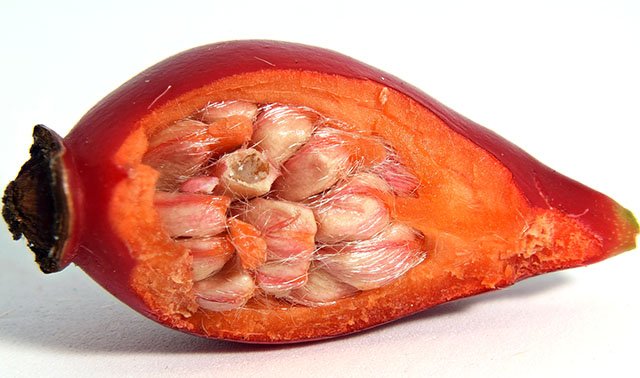
Whether whole or halved, rinse the rose hips thoroughly, pat dry, and arrange them on a single layer on a cookie sheet to dry for one to two weeks in a dark, dry place. You can also use a dehydrator or put them in an oven on low for 6-8 hours.
You’ll know they’re ready when they’ve darkened and feel completely dry and hard. Once dried, rose hips will last about a year when properly stored away from any moisture.
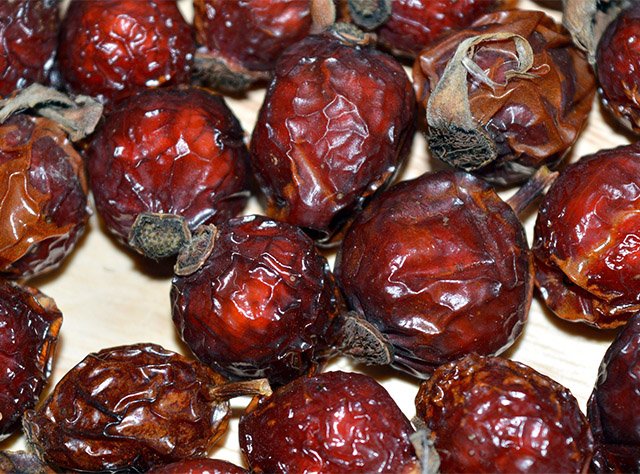
For everyone curious to know, rose hips don’t actually taste like roses. They taste a little fruity, but also quite tart and tangy. Wild rose hips taste the best, but backyard rose hips are totally edible too!
Rose Hip Tea
The easiest way to get the vitamin C benefit of rose hips is to make rose hip tea. Add one tablespoon of dried hips per cup of boiling water and steep for 10 minutes or more. Remove the rose hips before serving.
You can drink this tart, flavourful rose hip tea plain or add a touch of honey if you like.
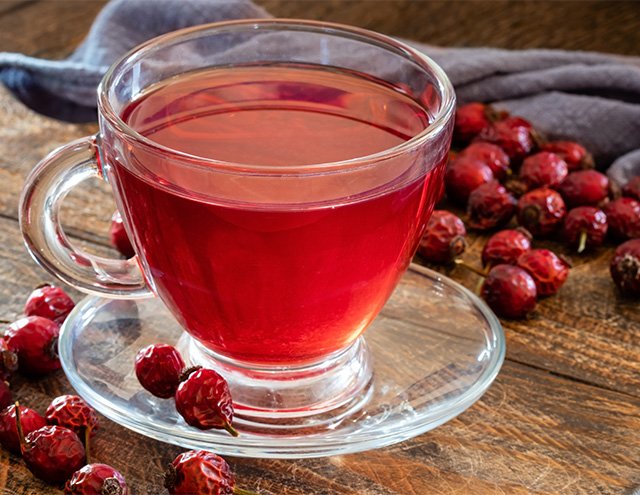
I still have some rose hips left so my next project will be making rose hip syrup as a delicious vitamin C supplement!





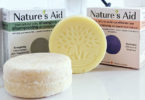


I’ve heard people make Rose Hip Tea and now I know how.
This is amazing information never new this could be used but sounds like it would taste great.
I had no idea this was how rose hip tea was made. I have always wondered! I would love to try this.
Wow, your never to old to learn something new, and today I learned about rose hips, probably something I will never do but this was a very interesting read, and I am curious of how it tastes
I have always heard of Rose hip tea but never tried it. I’m a huge tea lover so I’d love to give it a try. I love that it’s a good source of vitamin C.
This was a very interesting read. I don’t have any rosebushes but now when/if I get some I will know how to my Rose Hip Tea. Thank You
I have heard people made their own. This is interesting, thanks for sharing.
This post really brings back memories for me. I remember my aunt helping me make a rose hip necklace while we drank rose hip tea with honey.
Delicious to try!
My Grandmother also made rose hip tea.
Will definitely try Rose Hip tea this season!
I’ve tried making rose hip tea before (I can harvest some in the green belt behind my house). It’s pretty tart usually! I will try your suggestion of adding honey next time.
I love this! I’ve always wanted to harvest rose hips for tea and jelly.
Oooh, I love Rose Hip Tea. Haven’t had that in too long.